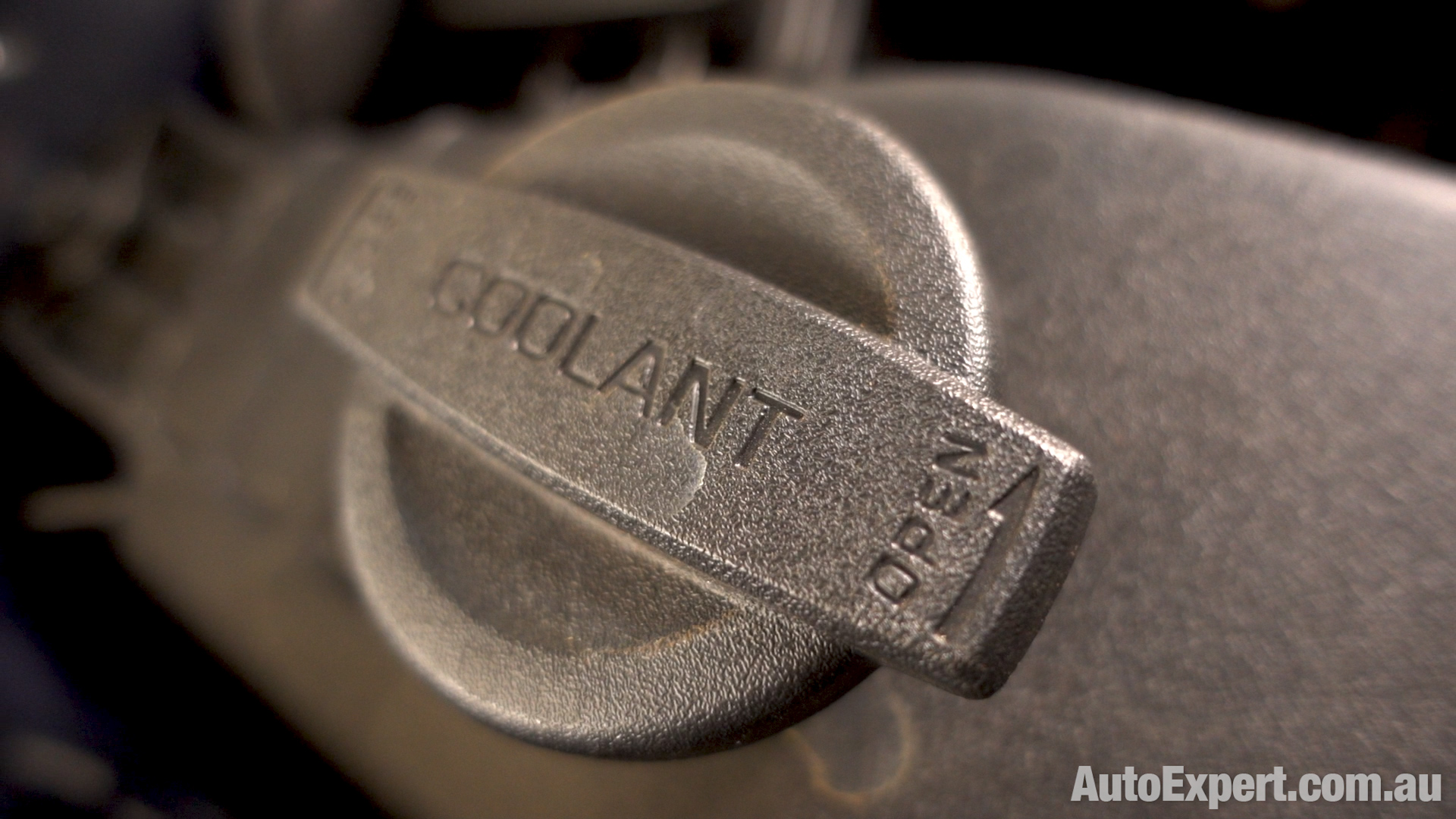Top 3 essential vehicle checks most car owners don't do, but should
Just five minutes once a fortnight can save you hundreds in premature wear, and (potentially) thousands in big-ticket repairs. What have you got to lose?
Warning: Shut the engine down
A running engine with an open bonnet (‘hood’, in ‘Murica) is an entrapment hazard. The belts are very unforgiving in respect of beards, long har, neck ties, loose clothing, etc. You REALLY don’t want to get entangled here. Unless you REALLY know what you’re doing, shut the engine down before opening the engine compartment.
Check #1. Coolant level
Most modern vehicles have a translucent coolant reservoir for easy checking. Just make sure the coolant level is between the ‘low’ and ‘high’ tide marks on the side - it’s that simple. But don’t open the radiator cap (bottom right) because there’s a real risk of burning yourself severely by letting the pressure out.
This check is important because engines that run out of coolant overheat and break, and the repair bill can cost you tens of thousands if you seize the engine.
Check #2: Engine oil
Park on a level surface and shut down the engine. Locate the engine oil dipstick (OK - some cars don’t have these, but most do.) Then withdraw it, wipe the end off with a rag, re-insert it all the way, and withdraw again. Check that the oil level is between the ‘low’ and ‘high’ tide marks on the end of the dipstick. If it’s low, add some of the right grade of oil. (And refer the oil loss problem urgently to a mechanic or the dealership.)
This check is important because engines that run out of lubrication break expensively and cost you tens of thousands to repair.
While you’re in the engine bay, look at the other translucent reservoirs, and also check for evidence of oil or water leakage (look for dried residue or oil sprayed around, especially at the end of the engine where the belts are.
Check #3 - tyre pressures
Check the pressure on all five tyres (including the spare, no matter how undignified/inconvenient) using the free air at the filling station. (Some modern cars don’t have spare tyres - some spares are under the floor in the cargo bay and some are inside the cargo bay. Bear in mind skinny ‘space saver’ spares need a different - higher - pressure than the normal tyres.)
This check is important because slight underinflation cannot be felt during normal driving but tyre wear rates accelerate dramatically underinflated. (This costs you hundreds of dollars in premature replacement.) Also, grip is significantly reduced in this condition - which has major safety implications in emergency swerves or braking manoeuvers). If the underinflation gets worse and you’re driving on the freeway, excessive heat builds up in the sidewall, causing a blowout, potentially - a very dangerous condition.
It’s better to do this when the tyres are ‘cold’ (ie - haven’t been driven on for more than a fe minutes). However, checking them at any time is better than not at all. If they’re hot, you might want to add three PSI to the recommended cold inflation pressure.
If your car has the tyre pressure monitoring system (above left), scroll through and use it to monitor the pressures in real time - you can see here the front left is 2psi lower than the other three. Not dangerous yet, but worthy of a top-up.
Cars have a tyre pressure placard (above, centre) inside the driver’s door frame - use that to find the recommended pressure for your car.
While you’re looking at the tyres, check the tread face for even wear and consult a mechanic if the wear is uneven across the tread face. (Wear in the centre usually means overinflation. Wear on both outside edges usually means underinflation. Wear on one edge only may be an indicator you need a wheel alignment.
Conclusion
Three simple checks every second time you stop for fuel (or once a fortnight) can save you hundreds-to-thousands of dollars. Amazingly, with the move to 12-month servicing intervals there are tens of thousands of vehicles on Australian roads right now that get these vital checks done only once every 12 months - but your car need not be one of them.




















